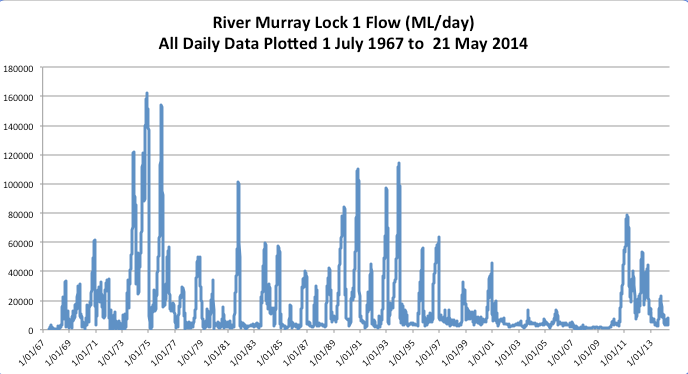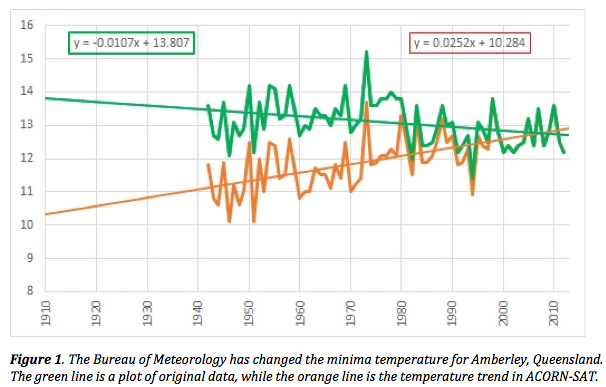“There is a crisis in Australian farming and grazing fraternity. Bank foreclosures are increasing at a rapid rate. Land valuations, lending criteria, misrepresentation from business advisors, increasing cost of production, low commodity prices, over regulation, animal rights activists all these, and many more reasons are causing a tidal wave to crash down on the rural and regional centres across the Nation…” Cate, Mt Morris, Charleville.
Update June 5, 2014
Some relevant history: Cate speaking to ABC radio May 20, 2014, about how carbon farming is a “good business strategy” at http://www.abc.net.au/news/2014-05-20/mount-morris-cate-stuart/5465060 . But the banks, for good reason, thought otherwise. I don’t know how a grazier can lament the increasing cost of production, and then expect a subsidy for carbon farming. Clearly Cate was after a handout, she was, and apparently still is, hoping for a financial benefit at the altar of anthropogenic global warming.





 Jennifer Marohasy BSc PhD has worked in industry and government. She is currently researching a novel technique for long-range weather forecasting funded by the B. Macfie Family Foundation.
Jennifer Marohasy BSc PhD has worked in industry and government. She is currently researching a novel technique for long-range weather forecasting funded by the B. Macfie Family Foundation.